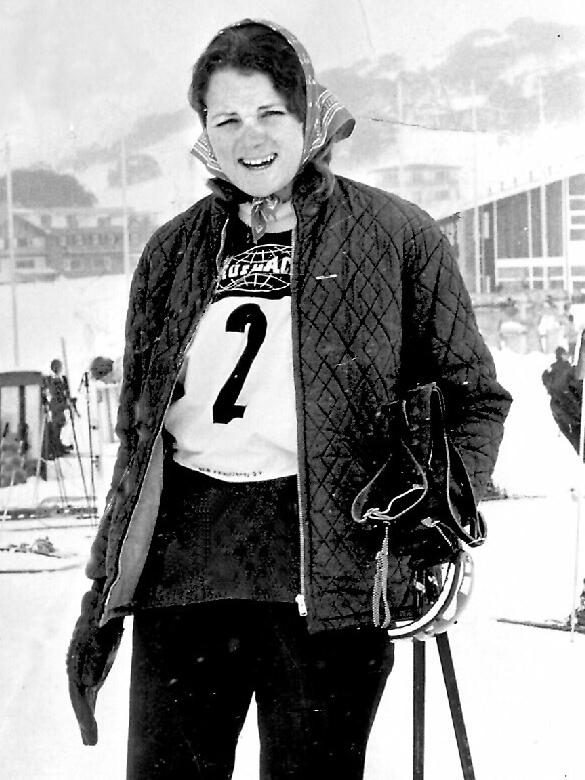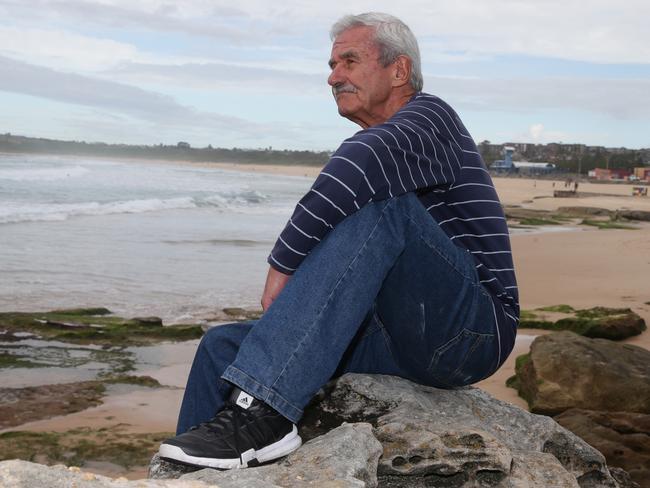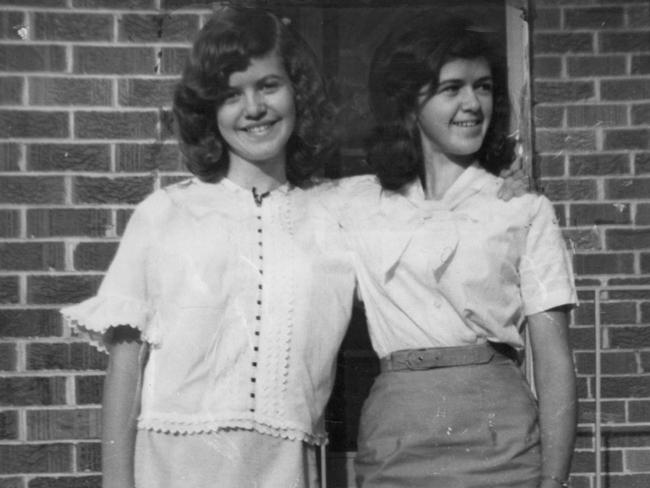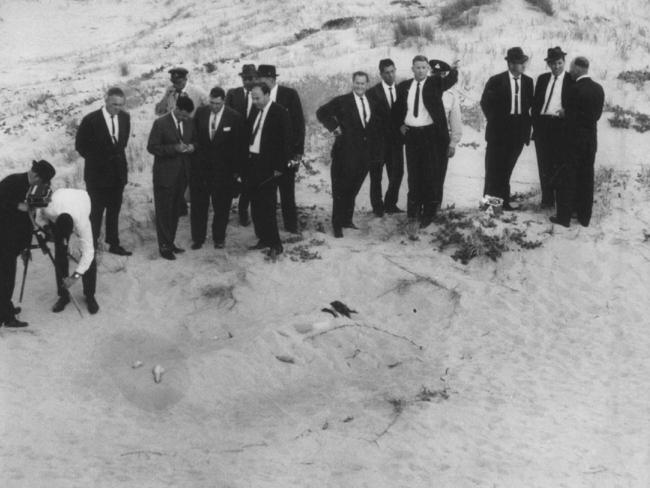Missing: 50 unsolved NSW homicides have evidence that’s missing or discarded
THE rape and murder of a student, strangulation of a newly wed and fatal bashing of a schoolgirl are just some of the cases plagued by missing evidence.

NSW
Don't miss out on the headlines from NSW. Followed categories will be added to My News.
- Police offer big rewards to solve 92 unsolved murder mysteries
- Australia’s most chilling cold case murders
IN the case of murdered mother Lynette White, it was the murder weapon — a bloodied knife — that police couldn’t find.
As for bashed student Annette Morgan, it was the killer’s skin scrapings under her finger nails that went missing.
And in slain schoolgirl Jeannette Hannington’s case, it was a semen sample, possibly left behind by her murderer, that was lost.
These high-profile unsolved homicides are three of at least 50 cases in NSW in which crucial DNA evidence has been regrettably destroyed or lost.
The Sunday Telegraph can reveal nine of those cases — ranging from the rape and murder of a schoolgirl to the botched robbery of a 68-year-old — where crucial exhibits, which could have been a key piece of the puzzle to solving a crime, have vanished.

Poor record keeping, a lack of foresight and various relocations over many decades have all been attributed to today’s absence of historical and valuable evidence.
Former and current cold case officers have spoken of a culture, before DNA technology reached Australia, where evidence was simply thrown out.
“No one realised DNA was going to be a phenomena,” one former investigator said.
Years on investigators have reviewed files and found certain exhibits marked as “burned” with accompanying disposal dates.
The unfortunate consequence of that belief meant some cases remained unsolved while others, where evidence was preserved, were revisited decades on and finally cracked.
However Unsolved Homicide Team boss Detective Chief Inspector Chris Olen said while DNA could be important, police still needed corroborating evidence to place a person at a crime scene.
One of the greatest frustrations for the team, he said, was discovering not everything was stored where it was documented to be.


“We’ve managed to locate a lot of exhibits,” he said.
“Some were in the bowels of police stations, attics of retired investigators or hiding in plain sight, just incorrectly marked.
“But there are others we are still looking for, or worse, discovered they were destroyed 30 years ago.
“There were times in the past, when station storage areas were cluttered with boxes and boxes of exhibits and without knowing the potential of DNA and other technology we have now; things were destroyed.
“We’ve also found that exhibits weren’t returned from trials or inquests, or when sent to other agencies for analysis and examination.”
RELATED: HOMICIDE DETECTIVES GO BACK IN TIME TO CATCH KILLERS
RELATED: MURDER CASE REWARDS RARELY WORK, SAYS FORMER COP
Now NSW Police has a centralised system for electronically logging exhibits and an archive.
Police couldn’t change the past, Inspector Olen said, so they looked for other investigative avenues, like changes in relationship dynamics with suspects.
Twenty-six-year-old Lynette White was stabbed 11 times in her Coogee apartment by an intruder in June, 1973.
Mrs White’s husband arrived home from work hours later to find his wife’s bloodied body, with a knife protruding from her chest, in the hallway.

When the unsolved homicide team reopened the case in 2007, they couldn’t find the murder weapon, or swabs taken from blood stains at the scene.
Nappies that the killer may have used to wipe blood from his hands were also nowhere to be found.
“When they turned around and said the knife was missing, I was completely dumbfounded,” Mr White said.
“That was the main piece of evidence. There could have been a big chance there was hand prints on there.”
Last year police revisited the 1973 crime scene and found the original blood stains on the floor.
Skin found under the fingernails of 18-year-old Annette Morgan, a trainee radiologist who was raped and bashed to death at the University of Sydney in 1977, is also marked missing.
Several years after the homicide — dubbed “Murder in the Park” throughout feverish media reporting in the 70s — detectives told Ms Morgan’s family that some evidence couldn’t be found.
“How is this possible?” someone close to the family, who asked not to be named, recalled.
“It seems to me very strange that a number of things could be misfiled.”


A review of NSW’s oldest unsolved homicide case — the killing of schoolgirls Marianne Schmidt and Christine Sharrock at Wanda Beach in 1965 — uncovered a plethora of old evidence that was retested with new technology.
However a semen sample taken from one of the girls bodies — found in the remote sand hills in January, 1965 — was missing.
In 1974, student Maria Smith was raped, bound and strangled with her own pantyhose in a murder that rocked Sydney’s eastern suburbs.
It was thought at the time that Ms Smith, 20, opened the door to a man asking for a pencil and a piece of paper when she was attacked.
Reviewing the case in recent years, police discovered vital exhibits — like pieces of carpet and swabs from the crime scene — were missing.


